The dishwasher does not drain completely
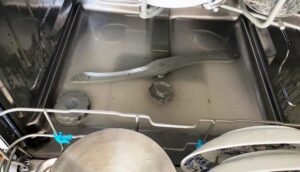 Every housewife is well aware that after a standard operating cycle in the dishwasher there should be no water left at the bottom of the washing chamber. However, if, for some reason, the dishwasher does not completely drain the water, although it still washes the dishes well and drains the liquid properly after use, then there is some kind of problem with the device. How to find out what exactly happened to the equipment, why it stopped draining water completely, as it always did?
Every housewife is well aware that after a standard operating cycle in the dishwasher there should be no water left at the bottom of the washing chamber. However, if, for some reason, the dishwasher does not completely drain the water, although it still washes the dishes well and drains the liquid properly after use, then there is some kind of problem with the device. How to find out what exactly happened to the equipment, why it stopped draining water completely, as it always did?
Main causes of the problem
There are many reasons for this malfunction, but service center specialists separately name the two most popular ones. The first is a faulty drain pump. In such an unpleasant situation, the pump cannot completely pump out water from the PMM, which is why a certain part of the liquid and impurities remains at the bottom of the washing chamber. The drain pump may even continue to hum, as if it were working properly, but the water will go down the drain by gravity, and not due to the pump running.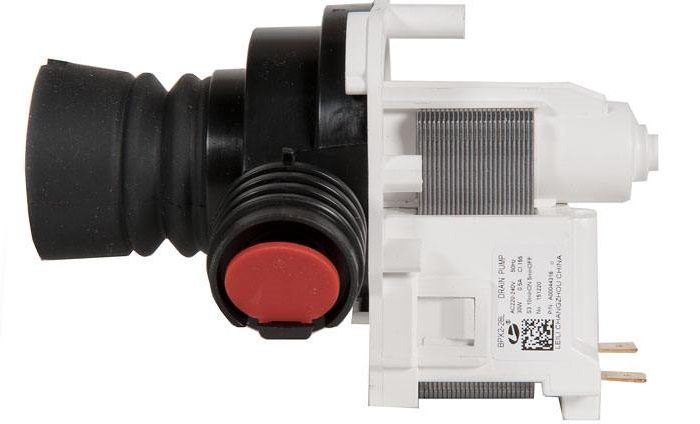
Unfortunately, it is not easy to check the drain pump yourself, because this requires disassembling the dishwasher, removing the pump, inspecting its impeller and carefully testing the coil. A service center specialist can better handle this, but if you feel strong and have the necessary tools, you can check the pump yourself using our instructions, which will be offered below.
Sometimes the pump becomes clogged with debris and leftover food, so this is another reason to be more careful about removing leftover food before loading dirty dishes into your appliances.
The second reason is called the “house helper” drain hose. To fix the problem, you should check to see if it is clogged. Often the culprit is plaque, which over time appears on the inner walls of the hose, causing sewage to stop flowing normally. In addition, debris plugs may form inside the hose, also blocking the normal passage of liquid. This situation is much easier to fix than a pump problem.
- First, disconnect the drain hose.
- Rinse it thoroughly with hot water to make it easier to remove debris and plaque.
- After the procedure, install the hose back in place.
Additionally, you should check the location of the hose relative to the connection point to the sewer. The hose may be too high, causing some of the liquid to simply flow back into the dishwasher instead of going down the drain.
How to check the drain pump?
If cleaning the drain hose and changing its location did not help, and the dishwasher continues to drain water poorly, then most likely the problem lies in the drain pump. In order to check it, you only need a screwdriver, pliers and a multimeter. Follow our instructions carefully to avoid further damaging your device.
- Disconnect the machine from the power supply and water supply.
- Turn the PMM on its side.
- Using a screwdriver, remove all the screws holding the panel under the dishwasher and move it to the side.
- Find the pump motor.
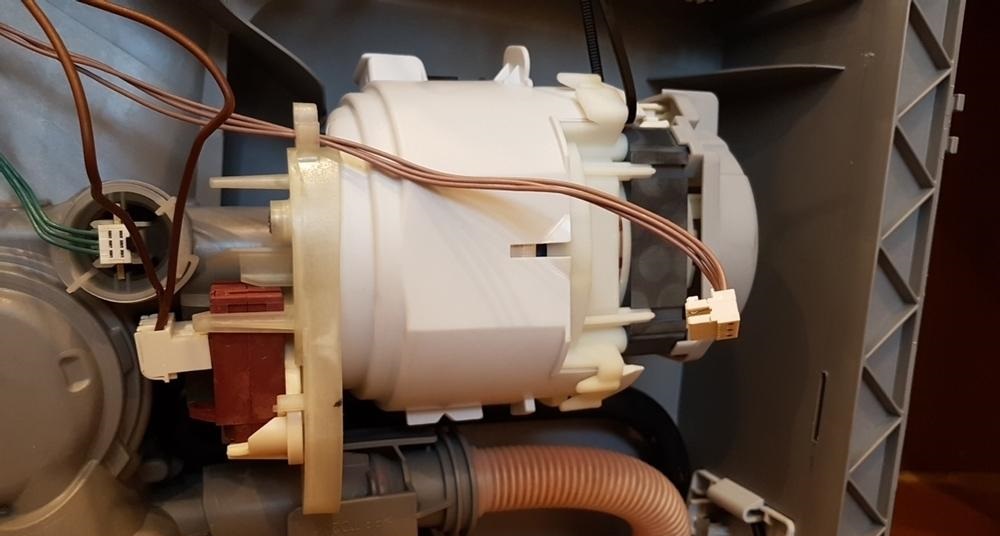
- Set the multimeter to Ohmmeter mode.
- Measure the motor winding resistance with a multimeter. The norm is values in the range of 150-260 Ohms.
- Also, using pliers, you can remove the connectors that are connected to the float against water overflow, and remove the sump pump in order to check whether the screw is stuck.
- Also check the sump pump housing for blockages.
If the resistance of the drain pump deviates from the norm or is completely zero, then you will have to purchase a new part and install it according to the instructions in place of the old one. In this case, simply perform the steps in reverse order, and then run the dishwasher in any operating mode to check the water pumping out. If, after all the manipulations done, the “home assistant” began to work in normal mode again, then the problem was precisely in the pump. Do not forget to clean the pump from time to time of blockages and the hose of debris and deposits so that the PMM always completely drains the water after the operating cycle.
Interesting:
Reader comments
- Share your opinion - leave a comment

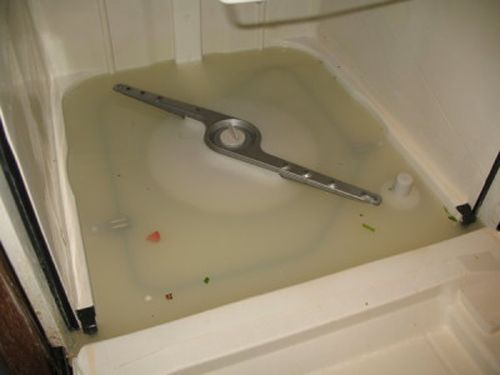

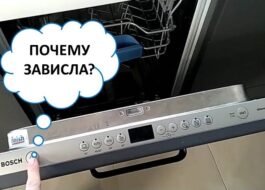


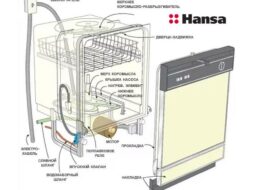














Add a comment